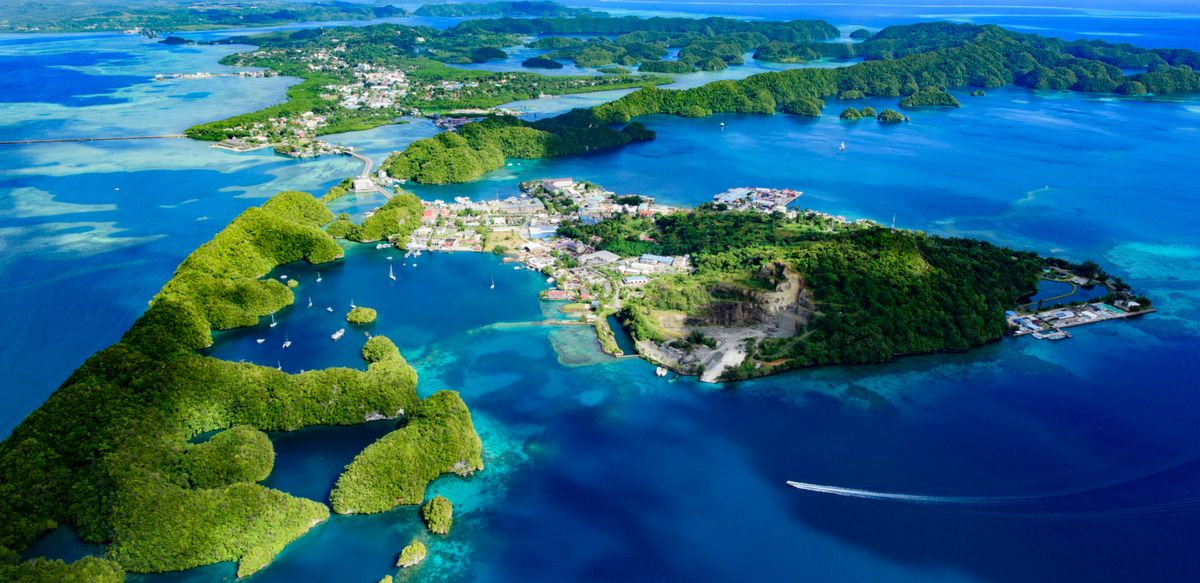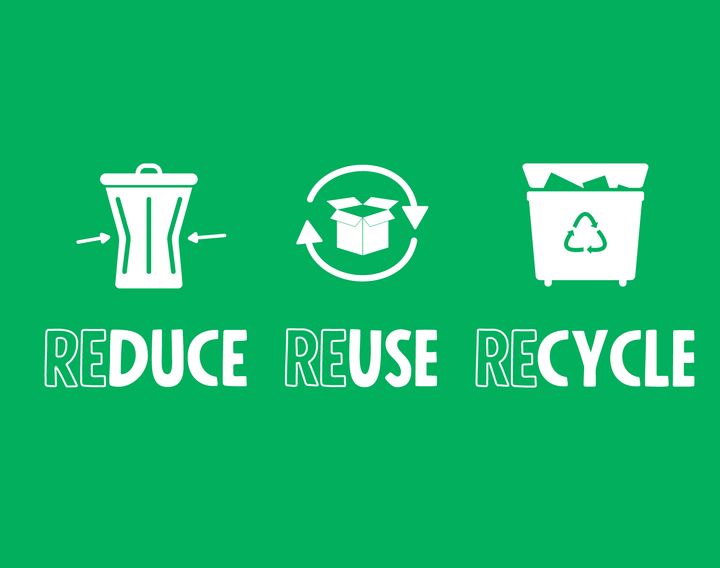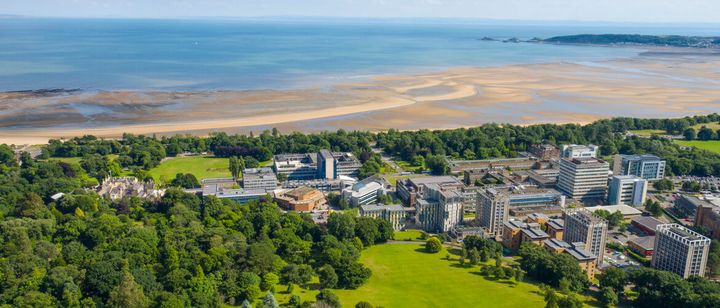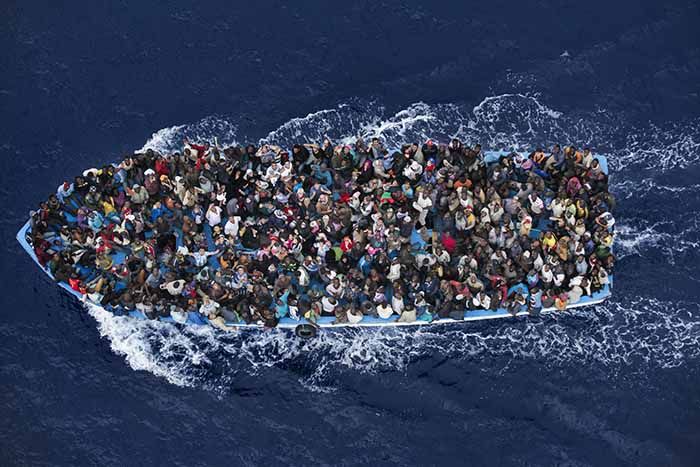Small but Mighty: The Urgent Fight Against Climate Change in Small Island Developing States
Small Island Developing States (SIDS) face unique challenges in combating climate change. Learn how adaptation and mitigation strategies can help

Climate Change
and how it is harming SIDS
The effects of climate change are particularly dangerous for small island developing nations (SIDS). Millions of people living in SIDS are at risk because of rising sea levels, more frequent and severe natural disasters, and altered rainfall patterns.
Sea levels are increasing at a pace of 3.7 millimetres per year in some parts of the world, which is more than double the rate seen in the 20th century, according to a research by the Intergovernmental Panel on Climate Change (IPCC). This means that many of the islands and coastal villages in SIDS are vulnerable to flooding or significant coastal erosion.
For instance, the Pacific island nation of the Republic of Kiribati is already seeing the effects of sea level rise. The shoreline has retreated up to 70 metres in some places, and saltwater intrusion has compromised the nation's freshwater supply.
SIDS are at risk from more frequent and severe natural disasters including hurricanes, typhoons, and cyclones in addition to rising sea levels. These occurrences have the potential to kill people, significantly damage property, agriculture, and infrastructure. Hurricane Maria struck Dominica in 2017, killing 31 people and causing more than $1.3 billion in damages.
The agriculture industry in SIDS is likewise threatened by the shifting rainfall patterns brought on by climate change. Since agriculture is a major source of wealth in many of these nations, shifting rainfall patterns can result in droughts or floods, which can drastically lower agricultural output. For instance, farmers in Jamaica must contend with floods and droughts that are both getting worse and more frequent.
These are only a few instances of how SIDS are already being impacted by climate change. The situation is expected to worsen unless immediate action is made to solve it, which might have catastrophic effects on millions of people. We must cooperate in order to lower greenhouse gas emissions, boost resilience to the effects of climate change, and help those who will be most impacted by these changes.
Case studies of climate change adaptation in SIDS
Due to their particular topography, scarce resources, and heavy reliance on industries that are directly impacted by climate variability, Small Island Developing States (SIDS) are among the countries that are most susceptible to the effects of climate change. Several SIDS have been acting proactively to adapt to the effects of climate change despite their low resources.

The Pacific Adaptation to Climate Change (PACC) project in Samoa is one example of successful climate change adaptation in SIDS. The project was started in 2009 and is being carried out by the Samoan government and the United Nations Development Program (UNDP). By strengthening the nation's ability to control coastal erosion and floods, enhancing water resource management, and enhancing its capacity to deal with extreme weather events, the project aims to increase the nation's resilience to the effects of climate change. In susceptible locations, sea barriers were built as part of the project, and locals received training on how to manage water resources more effectively.
The Integrated Vulnerability Assessment and Adaptation Strategies (IVAAS) project in Saint Lucia is yet another successful example of climate change adaptation in SIDS. Building the nation's ability to adjust to the effects of climate change, notably in the agriculture and tourism sectors, was the goal of the project, which was carried out by the government of Saint Lucia with assistance from the Global Environment Fund (GEF). The project includes adopting measures to enhance water management and prevent soil erosion, establishing an Integrated Vulnerability Assessment to identify the most vulnerable places and sectors, and advocating for the use of renewable energy sources in the tourism industry.
These successful adaptation initiatives show that SIDS, even those with limited resources, are capable of taking action to adjust to the effects of climate change. SIDS can better handle the difficulties caused by climate change and maintain the sustainability of their populations and economy by enhancing their adaptive capability and resilience. To help SIDS' adaptation efforts, however, much more work must be done, especially in the areas of funding and technology transfer. In order to help SIDS adapt to the effects of climate change and secure their survival in the face of this global issue, the international community must keep supporting them.
Summary of mitigation strategies for addressing climate change in SIDS
As we've seen, due to their sparse resources and geographical location, Small Island Developing States (SIDS) are particularly susceptible to the effects of climate change. Effective adaptation and mitigation techniques are therefore essential for their survival.
In certain SIDS, adaptation strategies including erecting sea walls, enhancing water management, and putting in place renewable energy initiatives have already proved effective. Successful adaptation initiatives in SIDS include, for instance, the Pacific Adaptation to Climate Change project in Samoa and the Integrated Vulnerability Assessment and Adaptation Strategy in Saint Lucia.
To lessen the effects of climate change on SIDS, it is crucial to minimise greenhouse gas emissions. Among of the mitigation tactics that could be used in SIDS include carbon pricing, limiting deforestation, and investing in renewable energy. For instance, Grenada in the Caribbean has started a programme to reduce its carbon footprint, and Palau, a small island nation in the Western Pacific, has committed to switching to 70% renewable energy by 2050.
In conclusion, SIDS are particularly vulnerable to the effects of climate change despite their small contribution to it, and they must develop effective adaptation and mitigation measures if they are to survive. SIDS' efforts to combat the effects of climate change must get assistance from the international community because they are crucial not only for SIDS but also for the rest of the world. To ensure the success of SIDS' adaptation and mitigation efforts, the United Nations Framework Convention on Climate Change (UNFCCC) and other international organisations must continue to work towards providing financial and technical support to SIDS. Let's work together to aid SIDS in their struggle against the effects of climate change.




